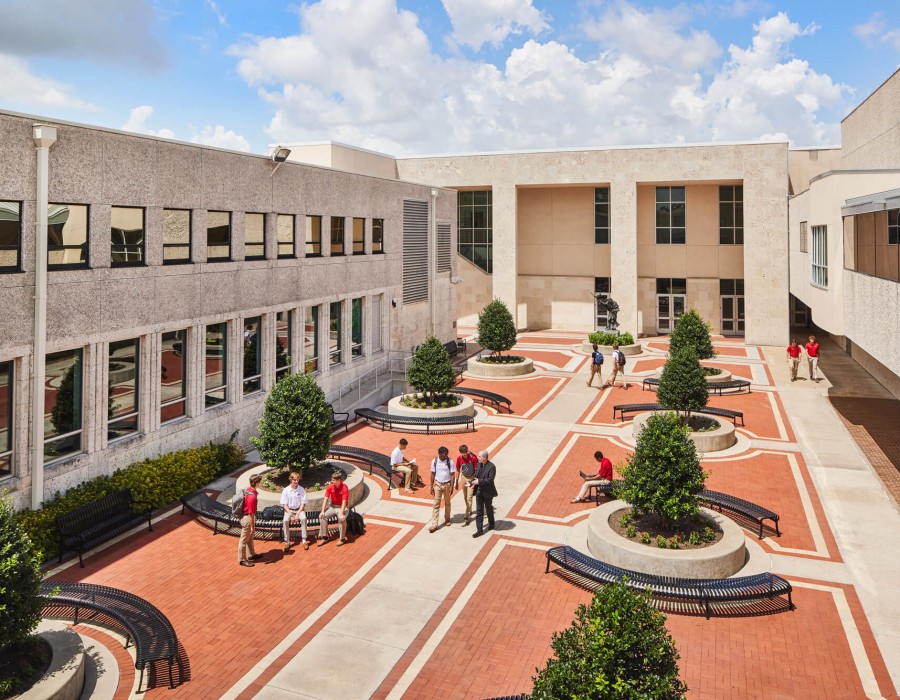Managing school facilities in today’s world goes far beyond routine upkeep. From security threats to unexpected equipment failures, K12 facility management teams face growing pressure to deliver safe, efficient learning environments. While many school districts use some form of facilities management software for schools, one critical gap remains: real-time access to building information in the field.
Why Instant Access Matters in School Facilities
Imagine a burst pipe flooding a classroom wing or an HVAC system failing during a heatwave. In both cases, the response time determines the outcome. Yet too often, school maintenance teams must hunt down paper plans, dig through binders in the facilities office, or wait for someone else to retrieve files from a server.
This bottleneck isn’t just frustrating—it’s dangerous. In emergencies like fires or active shooter scenarios, time is life. Facilities professionals and first responders must act quickly, but their hands are tied when vital building details are locked away.
Deferred Maintenance and the Productivity Problem
Backlogged work orders are a familiar issue across districts. Even with robust school facility management software, completing those orders efficiently is tough without instant building data. Maintenance workers lose time going back and forth between job sites and storage rooms just to locate equipment manuals, shut-off points, or layout drawings.
Delayed maintenance leads to even bigger problems—mold growth, system failures, and mounting costs. Schools need more than tracking tools; they need field-ready access to the very information that supports every repair and inspection.
The Retirement Dilemma: Losing Institutional Knowledge
Many K12 facility departments are grappling with retirements. When experienced staff walk out the door, years—sometimes decades—of institutional knowledge go with them. Where’s the shutoff valve for the gym’s gas line? Which breaker controls the science lab? Answers to these questions aren’t always in the work order system—they’re in the heads of veteran team members.
That’s why K12 facility management software should support more than tickets—it should safeguard building knowledge, so teams don’t have to relearn the same things over and over.
Beyond Software: What Teams Really Need
While traditional FM software logs maintenance tasks and tracks assets, most systems weren’t built for field use. School facility teams need more
- Instant access to building plans from mobile devices
- O&M manuals and warranties available on-site
- Emergency exits, shut-offs, and system diagrams ready in seconds
- A master set of historical and current documents, all centralized and searchable
In short, they need a field-friendly way to access building intelligence—right when and where they need it.
Real-World Impact in the Field
Whether it’s a maintenance technician trying to fix a faulty boiler or a principal working with first responders, quick access to building information changes outcomes. Custodians, contractors, and safety officers alike benefit from real-time data when responding to incidents or planning upgrades.
Even capital project teams gain an edge by avoiding outdated blueprints and misplaced closeout documents. It all adds up to faster response, better communication, and fewer costly errors.
How ARC Facilities Enhances School Facility Management
While not a facilities management software for schools itself, ARC Facilities complements these platforms by solving their most critical gap—real-time access to building data. Its mobile-first design enables school teams to instantly view shut-offs, O&M manuals, emergency procedures, and floor plans on the go. It also helps preserve historical data when staff retires and supports seamless data sharing with third-party vendors or emergency personnel.
In an era where school safety and efficiency are top priorities, this smart building technology helps teams stay prepared, reduce downtime, and improve maintenance outcomes.





Comments